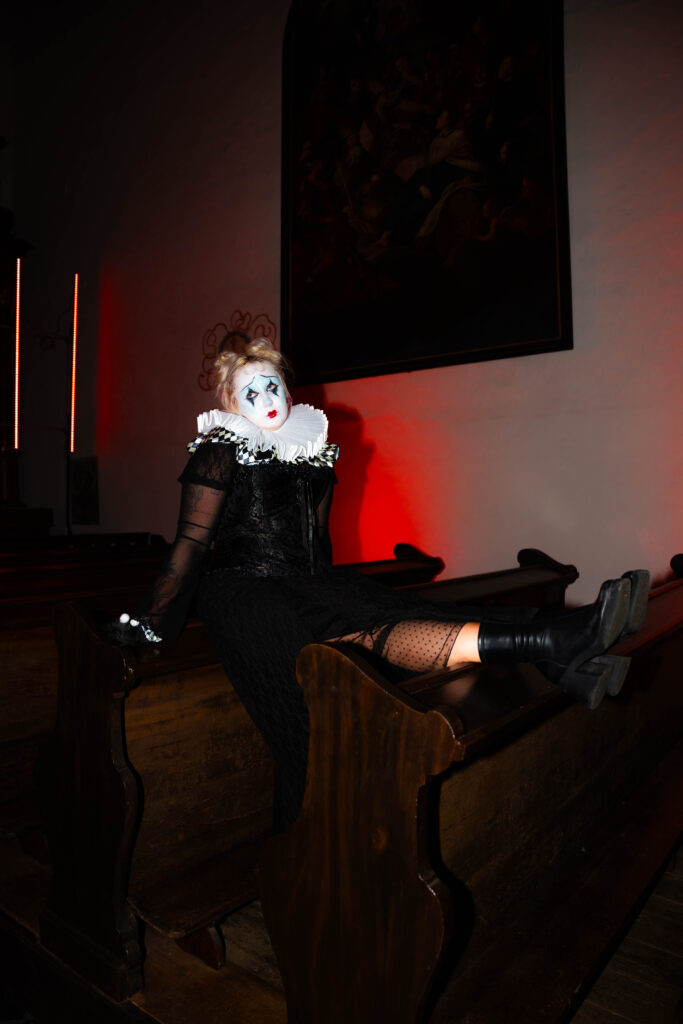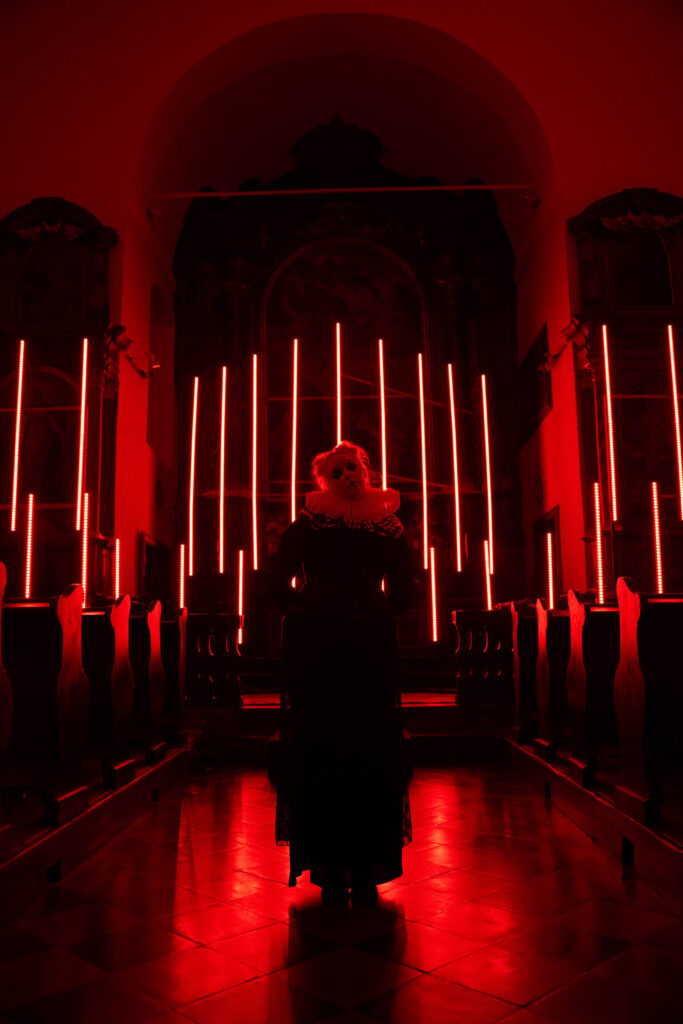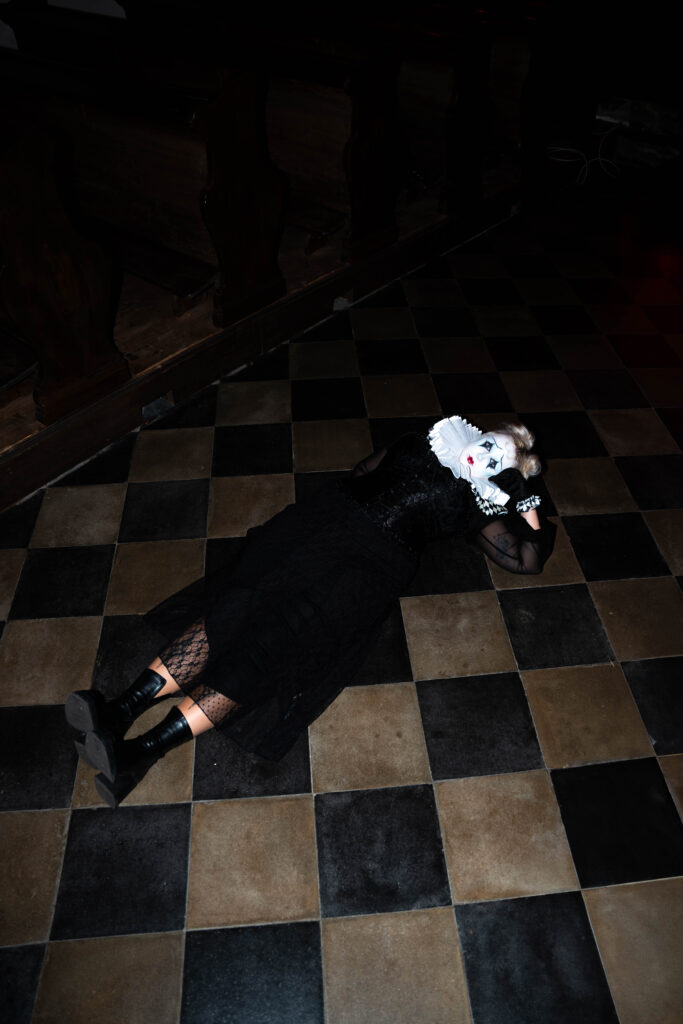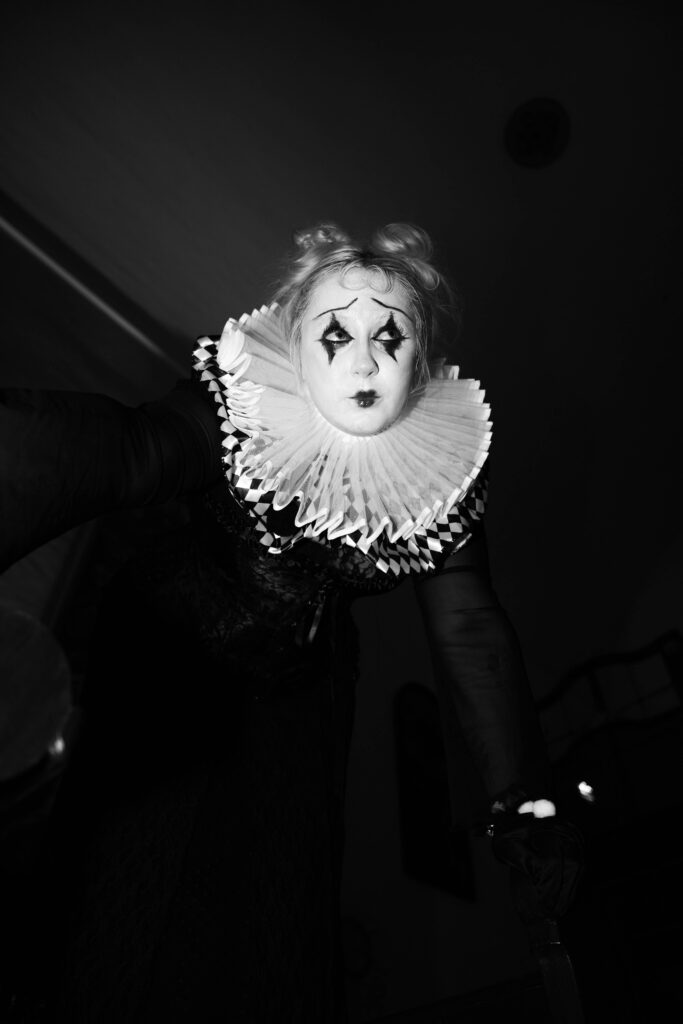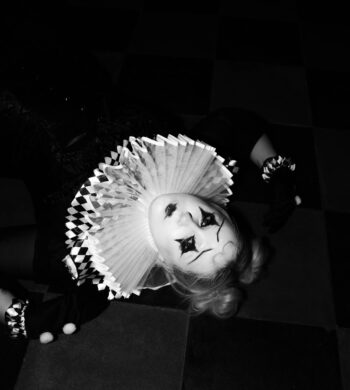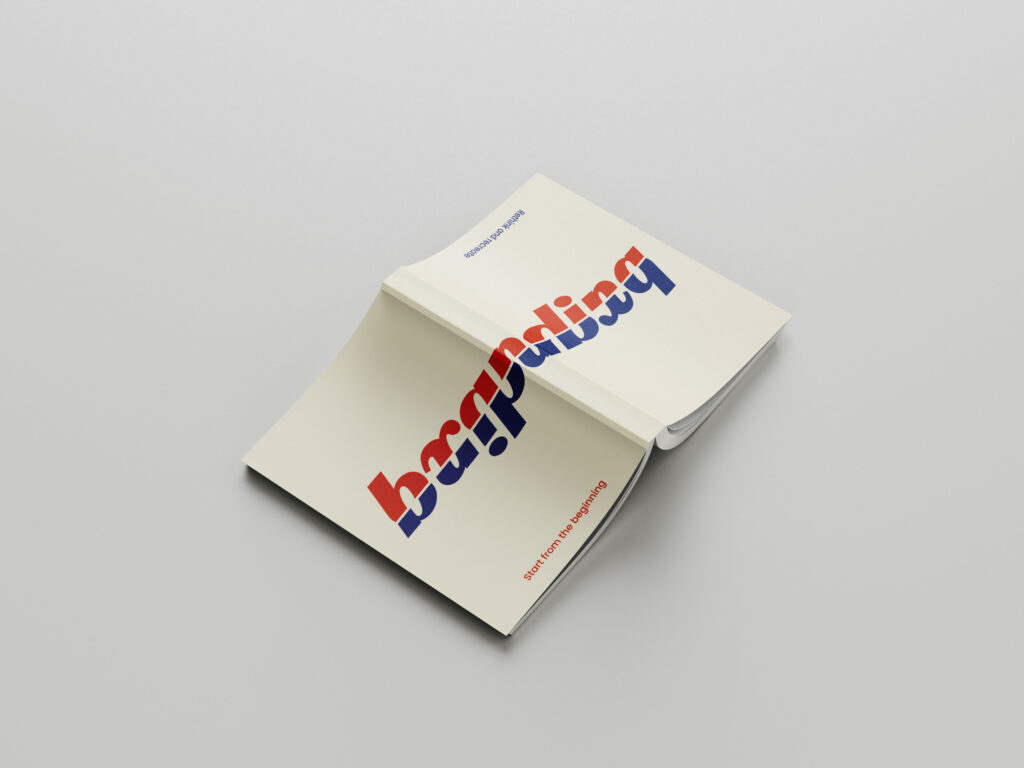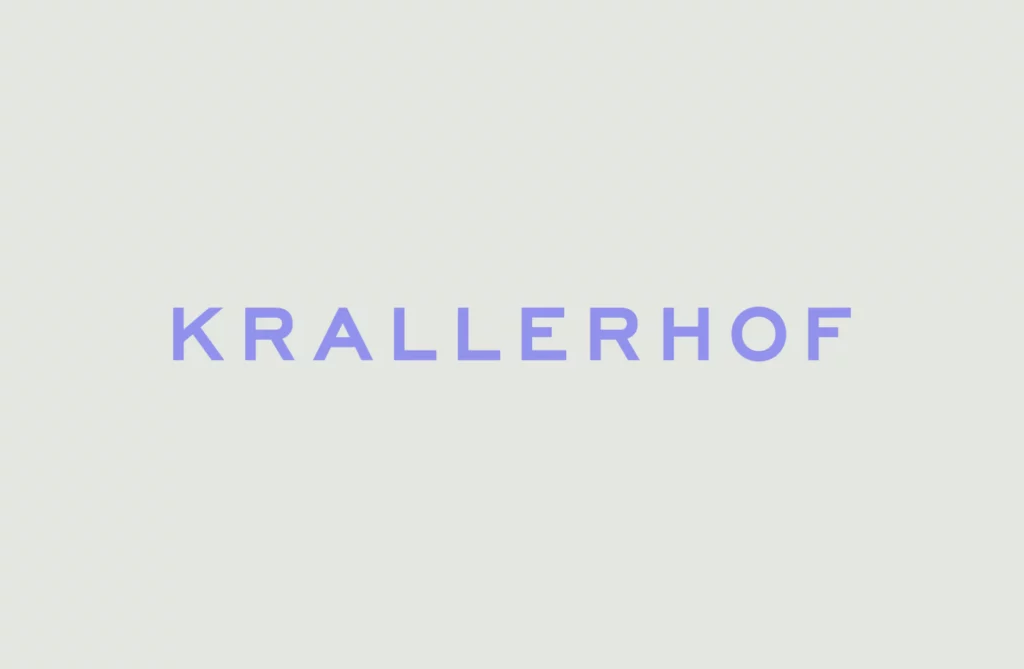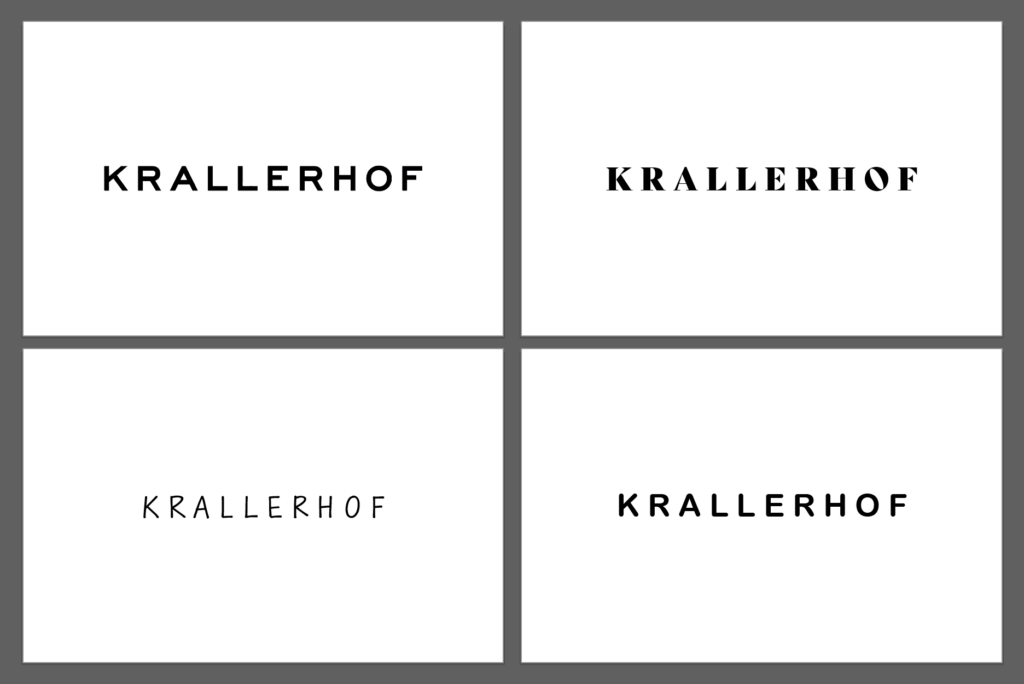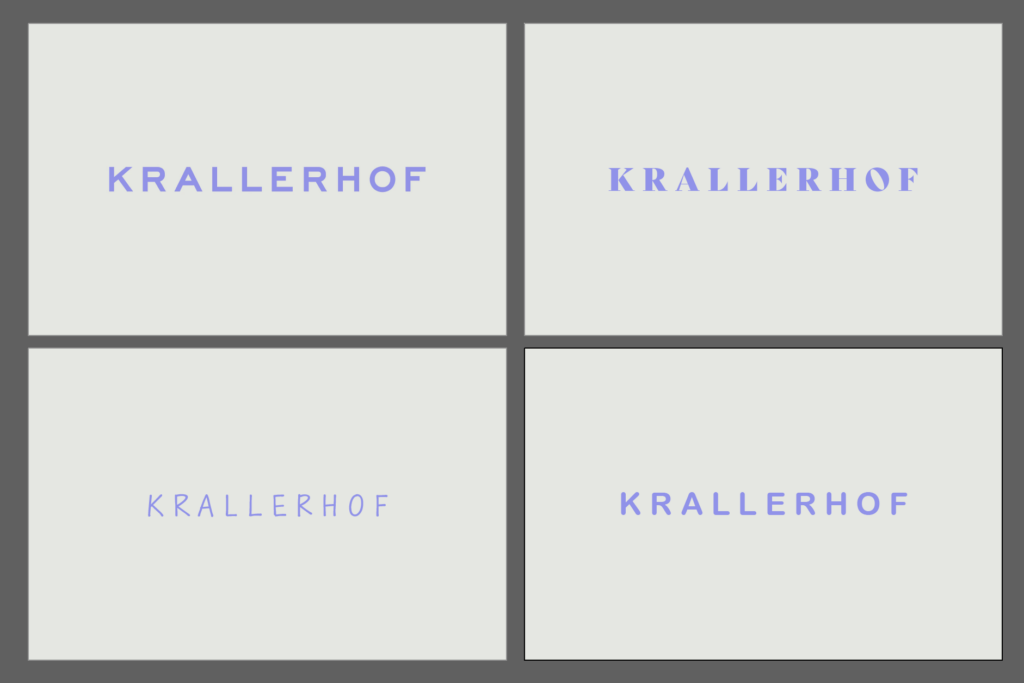The survey included different age groups, including a young person, a master’s student and an adult aged 50.
Young person:
The person found the idea of a book that can be read from both sides very exciting and innovative. The opinion was that the cover design was modern and appealing, especially the choice of colors and typography stood out. The dual reading option was immediately understood and it was expressed that the book would definitely be bought due to the unusual cover. The section dealing with rebranding was particularly interesting as it was believed that this could be applied to personal projects.
Master’s student:
This person was also enthusiastic about the idea and thought the concept was original and practical. The cover design left a professional impression, particularly liking the clean lines and structured arrangement of the elements. The double reading option was also immediately understood and it was expressed that this would be a book that would definitely be bought, especially because of the unique design. It was suggested that the cover could perhaps be made a little more interactive, possibly with an AR application. In terms of content, the person was more interested in the part dealing with starting a new business, as the plan was to create a startup after graduation.
Adult person:
A person aged 50 also found the idea of a book that could be read from both sides very interesting and creative. The cover design was perceived as attractive and professional, and the clarity and organization were particularly appealing. The dual reading option was understandable, even if there was some skepticism at first. It was expressed that such a book would be considered because of the cover, especially if information on branding was specifically sought. One suggestion for improvement was to perhaps place a short instruction or explanation directly on the cover to make the double reading option even clearer. In terms of content, the person was more interested in the section dealing with rebranding, as they had already had experience with brand management and development in their professional career.
Summary:
To summarize, this experiment not only provided new perspectives on branding, but also demonstrated the importance of thoughtful and appealing design for a product’s first impression and usability. The different age groups provided valuable feedback that will help to further refine the book concept and adapt it to the needs of the target groups.
